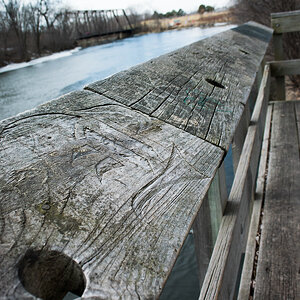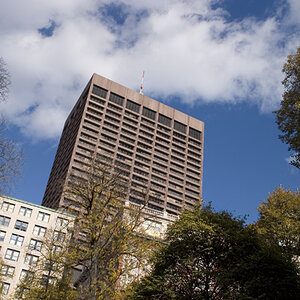jdsfighter
No longer a newbie, moving up!
- Joined
- Jun 2, 2012
- Messages
- 266
- Reaction score
- 29
- Location
- Owasso, OK
- Website
- www.jdhpro.com
- Can others edit my Photos
- Photos OK to edit
I was shooting some photos at a local event, when I came across one that just instantly caught my eye. Aside from being cropped, this photo has not been touched.
My question is, while all my other photos came out somewhat undersaturated (very bright outside), this one came out with beautiful colors and contrast. Almost every photo was shot with the same settings in manual, yet, I cannot for the life of me, figure out how I did this:

Regular photo:

My question is, while all my other photos came out somewhat undersaturated (very bright outside), this one came out with beautiful colors and contrast. Almost every photo was shot with the same settings in manual, yet, I cannot for the life of me, figure out how I did this:

Regular photo:









![[No title]](/data/xfmg/thumbnail/32/32706-50b778fbc110c8ea4472547d54c6a923.jpg?1619735610)
![[No title]](/data/xfmg/thumbnail/34/34053-89f2960a2f30add00b9b4379abd6dd12.jpg?1619736253)
![[No title]](/data/xfmg/thumbnail/34/34052-c6933243940b9ae3474b0a2abaa08312.jpg?1619736253)



